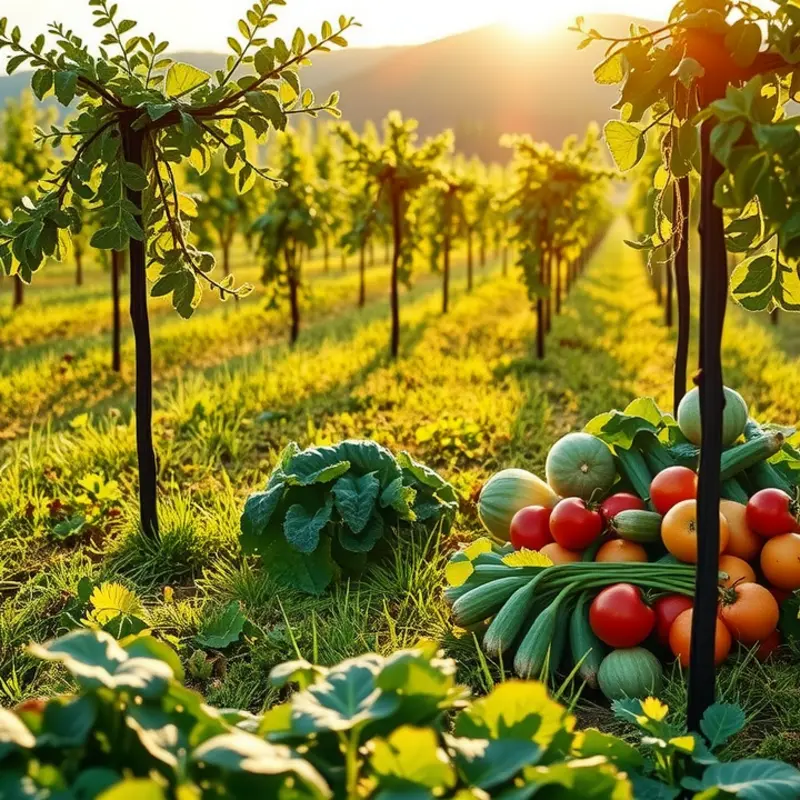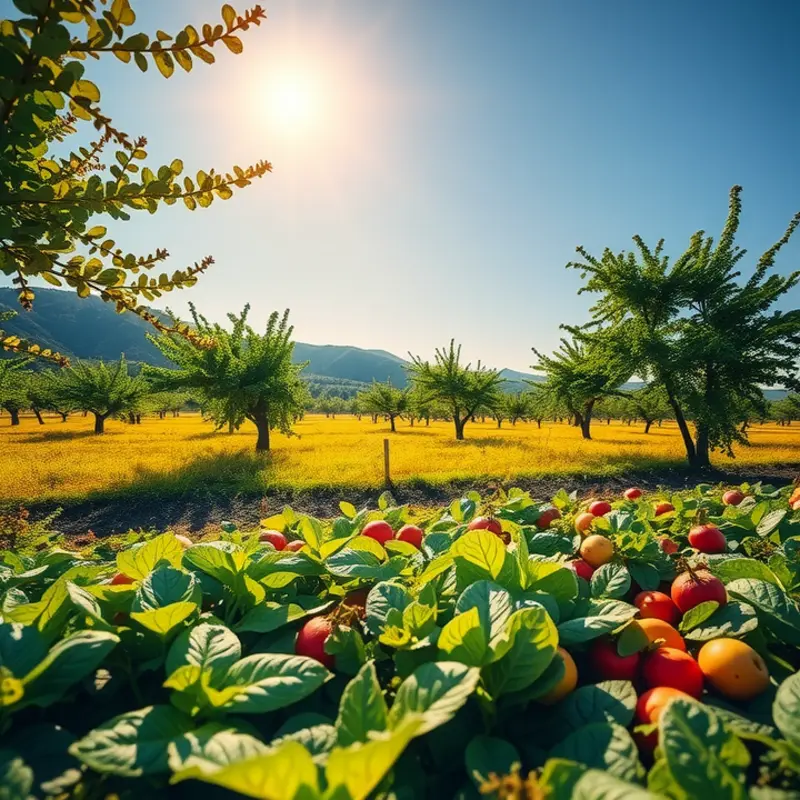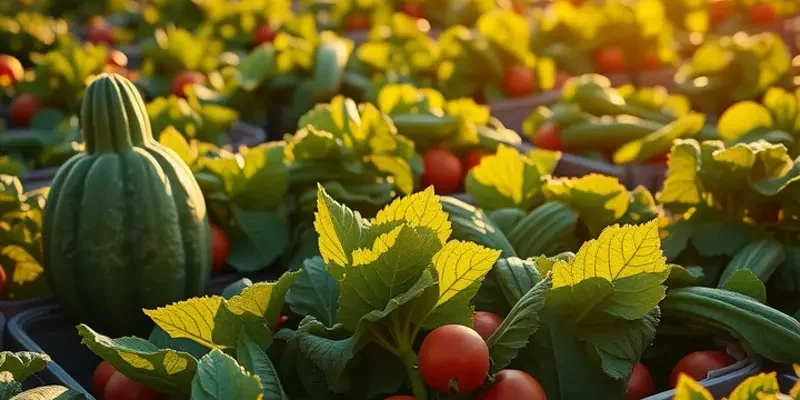Handling raw poultry with care is crucial for both food safety and waste reduction. Understanding how to properly store, prepare, and manage poultry can not only keep your kitchen safe but also enhance your food management practices. This guide offers straightforward tips on effective poultry handling, ensuring meals are both delicious and safe.
Fundamentals of Raw Poultry Storage

Storing raw poultry correctly is crucial for food safety and maintaining quality. Understanding the fundamentals of poultry storage reduces contamination risk and food waste. Temperature control is the cornerstone of safe poultry storage. Raw poultry should be kept at or below 40°F (4°C) but above freezing to prevent bacterial growth. Use a refrigerator thermometer to ensure accuracy, checking the temperature regularly.
Packaging is another essential aspect, ensuring the poultry is wrapped tightly to prevent cross-contamination. Use airtight containers or heavy-duty plastic bags to contain juices that may leak onto other foods. Consider placing the package in a shallow dish or on a lower shelf in the fridge to catch any potential drips, which helps maintain cleanliness and reduces the risk of spreading pathogens.
Freezing poultry is an effective method for long-term storage, maintaining quality for several months. Before freezing, remove excess air from the packaging to minimize freezer burn, which can dry out meat and affect taste. For best results, freeze poultry immediately upon bringing it home if not planning to use it within a day or two. Label the package with the date of freezing to track how long it has been stored.
Knowing how long to store poultry is vital. In the refrigerator, raw poultry should be used within 1-2 days, while frozen poultry can be kept for up to a year without significant loss of quality. Defrosting safely is as important as freezing; always thaw poultry in the refrigerator, microwave, or a sealed package under cold water rather than on the counter. This prevents bacteria from growing during thawing.
Minimizing waste can also be achieved by mindful storage strategies. Consider breaking down larger poultry purchases into meal-sized portions before freezing. This not only helps in adhering to first-in, first-out usage but also makes meal prep more manageable, tying into approaches for low-waste cooking and ensuring that poultry is consumed within recommended time frames.
Each step in the storage process, from maintaining proper temperatures to using suitable packaging, is critical in ensuring safety and quality. Being proactive in these practices not only contributes to healthier meals but also supports a sustainable kitchen environment.
Safe Preparation and Cooking Techniques

Handling raw poultry involves meticulous attention to detail, ensuring safety from preparation to cooking. Reducing the risk of foodborne illnesses starts with preventing cross-contamination. Utilize separate cutting boards and knives for poultry and other food items. Always wash your hands with warm, soapy water before and after handling raw poultry.
Cross-contamination management is critical. Consider designating a specific area of your kitchen for raw poultry prep. Clean and sanitize surfaces with a bleach solution or other approved sanitizers, ensuring no bacteria linger.
Equally crucial is achieving the right cooking temperature. Poultry must reach a minimum internal temperature of 165°F (74°C) to be considered safe. Insert a food thermometer into the thickest part of the poultry, avoiding bones, to get an accurate reading. This step is non-negotiable, given bacteria like Salmonella and Campylobacter thrive in undercooked poultry.
Cooking methods affect both safety and flavor. Roasting, grilling, or baking poultry not only enhances the meat’s natural flavor but also allows for even heat distribution. Cover the poultry with foil initially, then remove it later to crisp the skin. When frying or stir-frying, ensure the oil or pan is pre-heated to a high temperature to prevent the poultry from being greasy, while still achieving a safe internal temperature.
Managing leftovers responsibly is an essential aspect of poultry safety. Once cooked, rapidly cool leftovers to prevent bacteria growth. Store them in airtight containers and refrigerate within two hours, or freeze for longer storage. Reheat leftovers to an internal temperature of 165°F (74°C) before consuming.
For additional tips on minimizing waste during preparation, consider consulting Low-Waste Cooking and Prep. Minimizing waste not only boosts efficiency but also contributes to a safer kitchen environment.
Implementing these preparation and cooking techniques will ensure that your poultry dishes are not only delicious but also safe to eat. The principles of cleanliness, appropriate temperatures, and proper storage are the pillars of poultry safety, guiding you from the kitchen to the plate with confidence.
Final words
By implementing safe handling practices for raw poultry, you can enjoy peace of mind knowing your meals are safe and healthy. Proper storage, attention to cooking techniques, and minimizing waste are key components of effective food management at home. Make these practices a part of your routine to create a safer kitchen and contribute to sustainability by reducing food waste. Start today with better poultry handling—your meals will be better for it.







